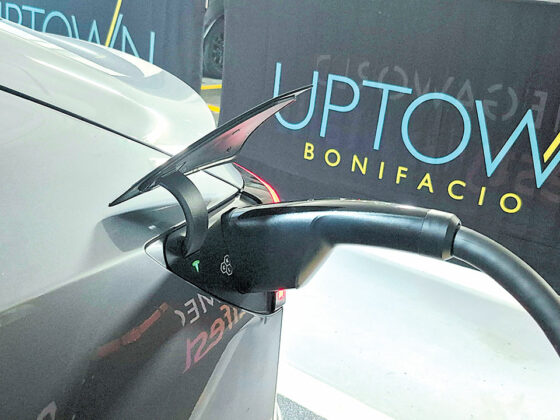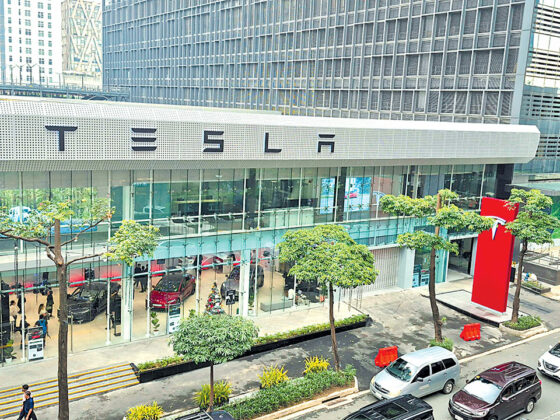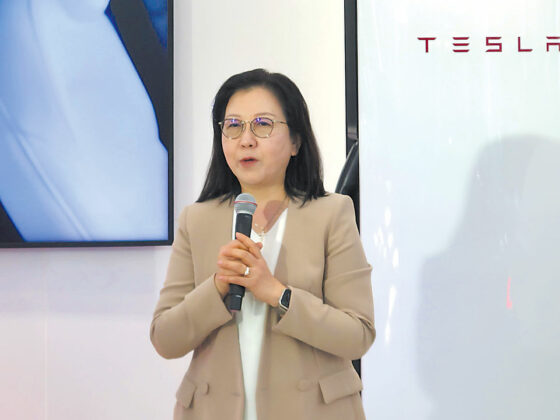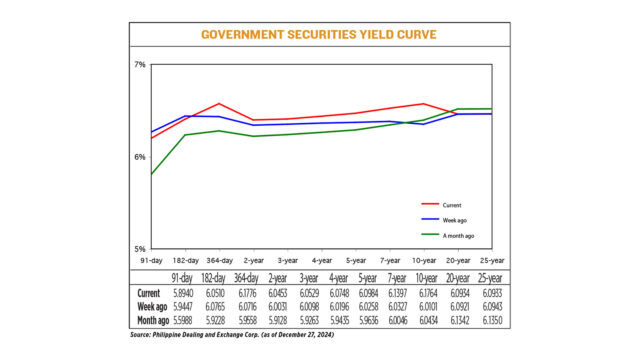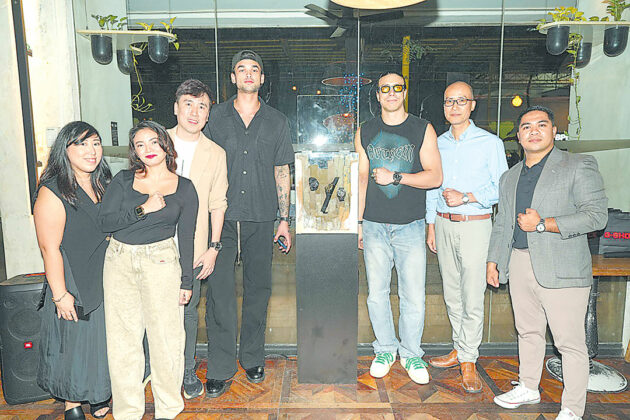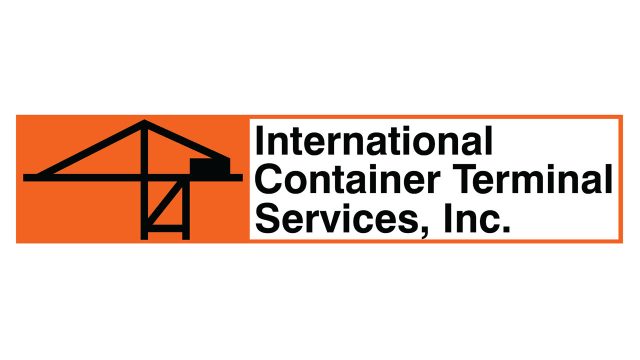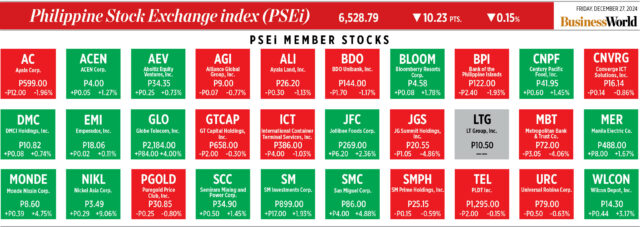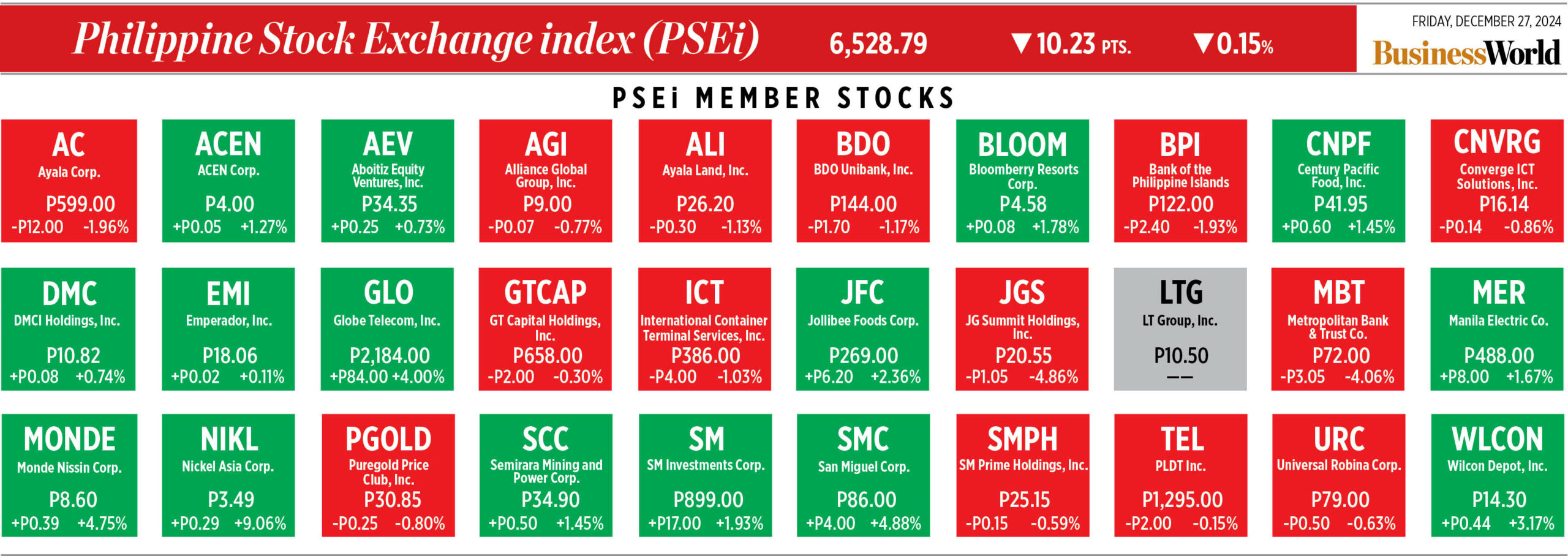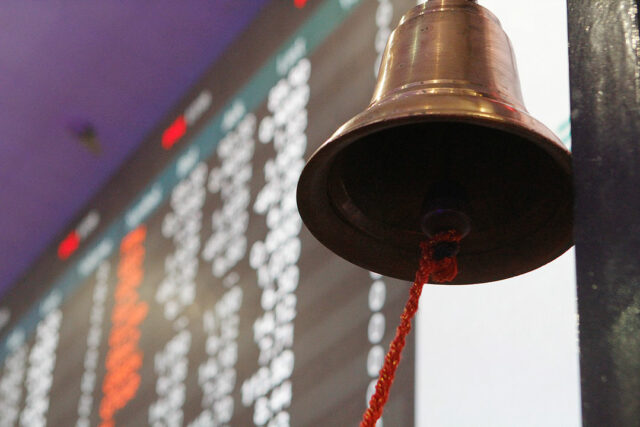AI will bring even faster change to politics, healthcare, economy
ONE of the most reliable observations any opinion writer can make, myself included, is that the pace of change has accelerated. But in the last few years it actually has — as evidenced by the war and conflict around the world, the politics in the US, and major advances in artificial intelligence (AI). I expect this trend to continue in 2025, especially as it relates to technology.
Advances in AI, including artificial general intelligence, are very likely to continue — but it’s unclear how much of a difference they’ll make. As I have lately taken to asking: “What if they gave an AGI and nobody came?” (It’s a riff on the old query about war.)
By the end of 2025, it will be evident to most educated observers that the best AI models can beat most experts on intellectual tests. It will beat me on an economics test, I have no doubt. More than that, AI will outdo the experts in its use of expertise: It is already outperforming human doctors at medical diagnosis, for example.
The bigger surprise will be how little all this matters, at least at first. Sadly, our society is not arranged in such a way that additional increments of intelligence, even if inexpensive, can be smartly deployed. Instead, this new intelligence bumps up against systems that are all too human, with their rules, regulations, and need for permissions. As Matt Clifford puts it: “There is no AI-shaped hole in most organizations.”
So, AIs will continue to proliferate as therapists and conversation companions, where users can just let them rip. Otherwise, we will just barely begin to start on a decades-long process of reshaping institutions to use AI better. By the end of 2025, you will hear more voices (unjustly) expressing despair over the lack of real-world progress in making AI systems operable and effective.
One exception, which I alluded to above, may be health care. The usual question/complaint about the US health-care system is why we spend such a high percentage of our GDP on it. In 2025, we may begin to wonder why we are not spending more. And we will, especially as AI systems enable more new drug discovery.
In fact, no matter how high the level of public resentment, the US health-care system will continue to rise in performance relative to the rest of the world. Worsening waits and investment shortfalls in Canada and the UK will make universal single-payer systems less desirable options. In America, overdose deaths will continue to fall, as will rates of obesity, the latter advance due largely to GLP-1 drugs. Progress against cancer will continue.
As for technology and how it relates to financial and economic issues: Stablecoins will continue to grow in US payments systems as well as foreign ones, as more institutions will want access to dollar-based transactions. While the Federal Reserve will worry that monetary institutions are evolving beyond the scope of its control, Donald Trump’s pro-crypto administration will celebrate the innovation. The role of the dollar as a reserve currency will strengthen.
More broadly, I expect labor markets to continue to weaken. But the US economy is likely to have enough forward momentum to avoid a recession.
And finally, one technology issue that has little to do with the economy: Expect to see more attention paid to UAPs, or unidentified aerial phenomena. The numerous drone sightings over New Jersey and other states have captured the imagination of the public and piqued the interest of politicians. Meanwhile, the president-elect has pledged to be more transparent about the machinations of the federal government.
It is easy enough to believe he will not deliver on that promise, as transparency is easier when someone else has to manage the fallout. Nonetheless, he has nominated so many outsiders that it is not unreasonable to expect more leaks, or at least more political freelancing. That means outrageous claims about UAPs will surface in greater numbers, and it will be hard to know what exactly to believe.
Many more questions remain about weighty geopolitical issues, such as the fate of various wars around the world, whether the Chinese and European economies can reboot, and whether politically motivated assassination attempts will prove contagious. My only prediction about all that, as I mentioned at the beginning, is that there will be lots to watch in 2025.
BLOOMBERG OPINION




